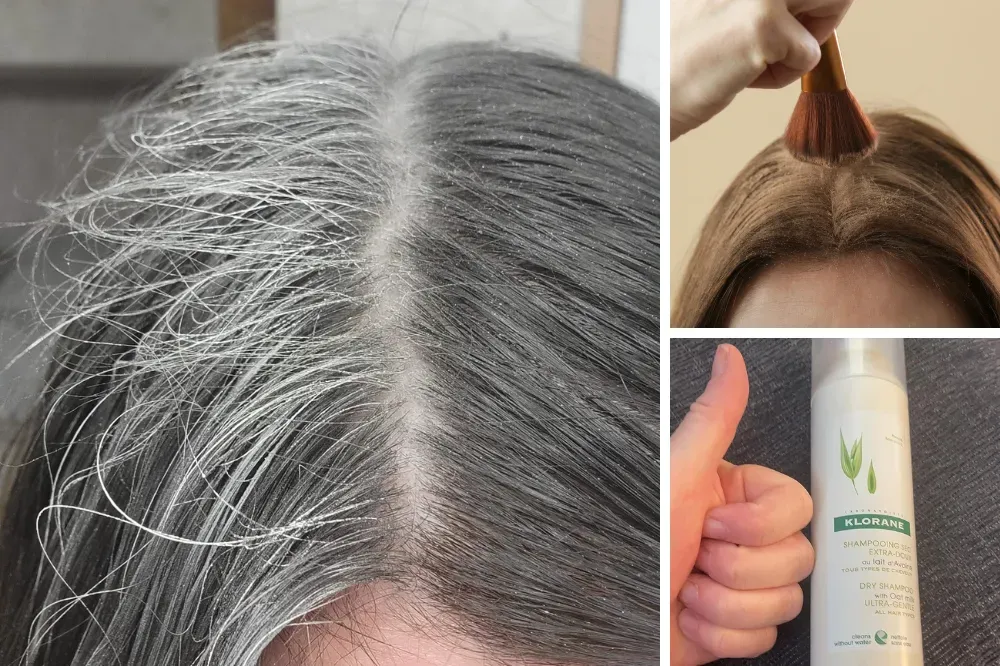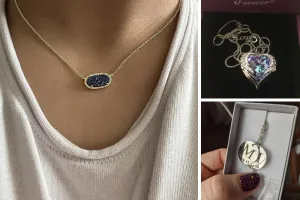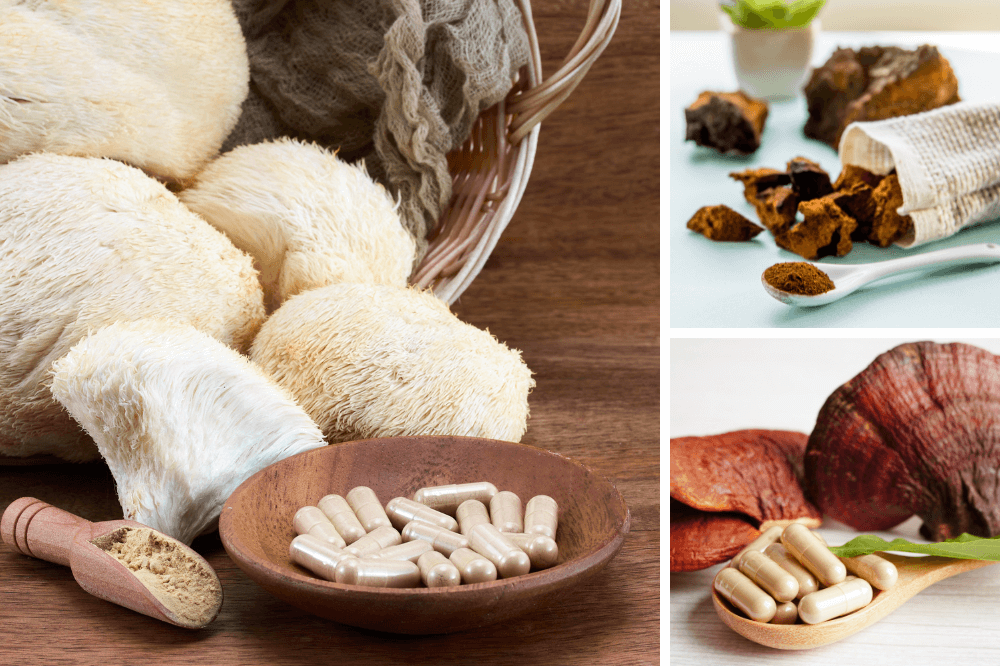Key Takeaways:
- Learn how to make dry shampoo using simple, natural ingredients.
- Discover recipes tailored for different hair colors and types.
- Understand the benefits of homemade dry shampoo over commercial products.
Introduction to Dry Shampoo
Dry shampoo is a lifesaver for those days when you just can't find the time to wash your hair. It absorbs excess oil, adds volume, and leaves your hair looking fresh and clean. But commercial dry shampoos can be expensive and often contain harmful chemicals. Making your own DIY dry shampoo at home is a great option that is both cost-effective and healthier for your hair.
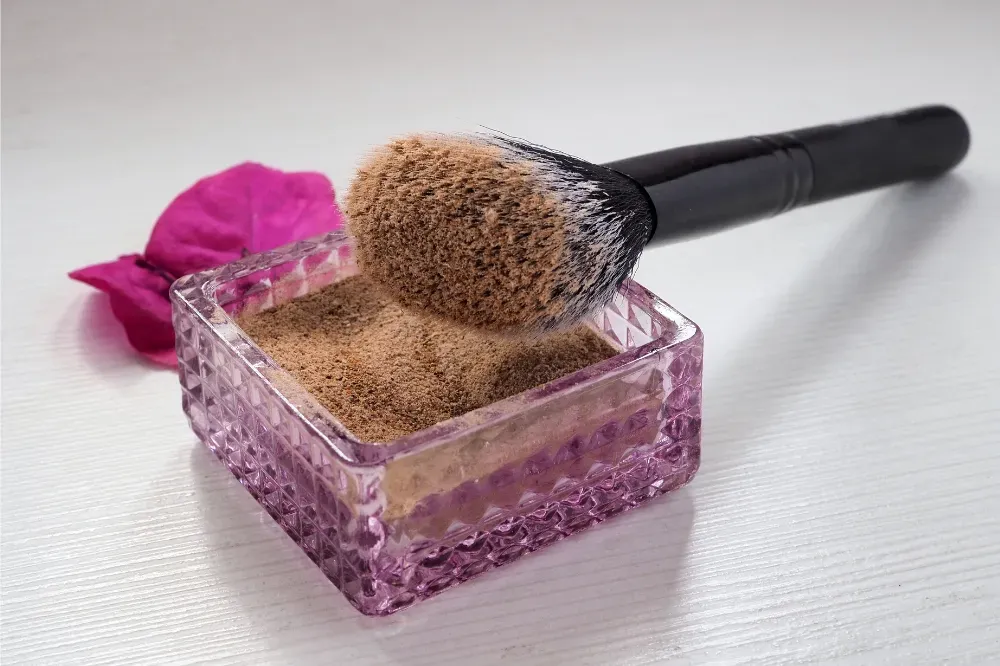
Benefits of Homemade Dry Shampoo
Creating your own DIY dry shampoo allows you to control the ingredients, ensuring they are safe and natural. This is especially important for those with sensitive scalps or allergies. Additionally, homemade dry shampoo is customizable, allowing you to tailor it to your specific hair type and color.
Ingredients for Homemade Dry Shampoo
The main ingredient in most homemade dry shampoo recipes is a starch or clay that absorbs oil. Common choices include cornstarch, arrowroot powder, and bentonite clay. For darker hair, you can add cocoa powder or activated charcoal to avoid the white residue that lighter powders can leave behind.
Basic Dry Shampoo Recipe
To make a basic homemade dry shampoo recipe, you'll need:
- 1/4 cup cornstarch or arrowroot powder
- 1 tablespoon baking soda
- Optional: a few drops of your favorite essential oil for fragrance
Mix these ingredients in a small bowl until well combined. Store the mixture in an airtight container, such as a mason jar or spice jar.
Dry Shampoo for Dark Hair
For those with darker hair, a basic dry shampoo recipe can leave a noticeable white residue. To avoid this, add cocoa powder or activated charcoal to your mixture. Here's a recipe for dark hair:
- 1/4 cup cornstarch or arrowroot powder
- 1 tablespoon baking soda
- 1-2 tablespoons cocoa powder or activated charcoal
- Optional: a few drops of lavender essential oil
Mix the ingredients thoroughly and store in an airtight container.
Dry Shampoo for Light Hair
If you have light-colored hair, you can stick to the basic recipe but might want to add a little bit of baby powder for extra oil absorption. Here's a recipe for light hair:
- 1/4 cup cornstarch or arrowroot powder
- 1 tablespoon baking soda
- 1-2 tablespoons baby powder
- Optional: a few drops of tea tree essential oil
Combine the ingredients and store in a shaker bottle or spice jar for easy application.
Application Tips
If you're dealing with greasy hair, applying dry shampoo can be a quick and effective solution.
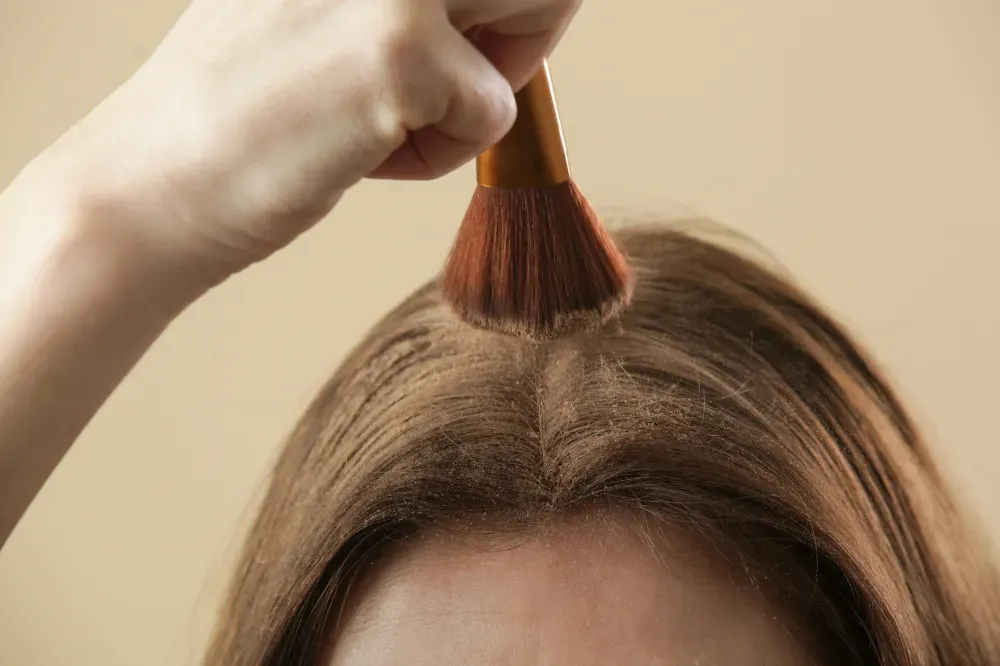
To apply your homemade dry shampoo, use a large makeup brush to dust the powder onto your roots. Focus on areas that tend to get oily, such as the crown and part lines. Let the powder sit for a few minutes to absorb the oil, then brush it out thoroughly to remove any excess powder.
Storing Your Dry Shampoo
To keep your dry shampoo fresh, store it in an airtight container. A mason jar, spice jar, or shaker bottle works well. Keep it in a cool, dry place away from direct sunlight.
Adding Essential Oils
Essential oils not only add a pleasant fragrance to your dry shampoo but can also provide additional benefits for your scalp and hair health. Lavender essential oil is soothing and can help with scalp irritation, while tea tree oil has antibacterial properties that can help with dandruff.
Customizing Your Dry Shampoo
One of the best things about making your own dry shampoo is the ability to customize it. You can experiment with different absorbing substances like kaolin clay or bentonite clay, and add various essential oils to suit your preferences. This allows you to create a product that works perfectly for your hair type and needs.
Avoiding Common Mistakes
There are a few common mistakes to avoid when making and using dry shampoo. First, don't use too much powder, as this can leave a residue and make your hair look dull. Start with just a small amount and add more if needed. Second, make sure to brush out the excess powder thoroughly to avoid any visible residue.
Benefits Over Commercial Dry Shampoos
Homemade dry shampoo is free from the harsh chemicals often found in commercial products, making it a safer choice for your hair and scalp. Additionally, making your own dry shampoo is more cost-effective and environmentally friendly, as it reduces the need for aerosol cans and other packaging.
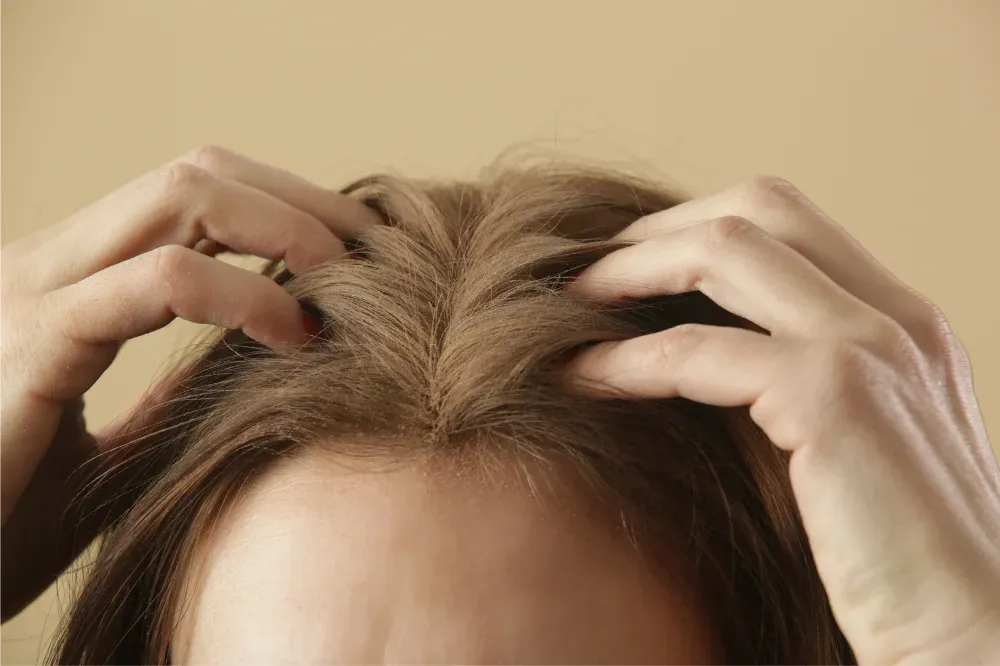
Using Dry Shampoo for Different Hair Types
Different hair types may require different dry shampoo formulations. For example, those with oily hair may benefit from a recipe with more baking soda, while those with dry hair might prefer a formula with added coconut oil for moisture. Experiment with different ingredients to find the best combination for your hair.
Dry Shampoo for Fine Hair
Fine hair can be particularly prone to looking greasy, so a good dry shampoo is essential. A simple recipe for fine hair includes:
- 1/4 cup cornstarch or arrowroot powder
- 1 tablespoon baking soda
- Optional: a few drops of peppermint essential oil for a refreshing scent
Mix the ingredients and store in an airtight container.
Dry Shampoo for Oily Hair
Oily hair requires a more powerful absorbing substance. Here's a recipe for oily hair:
- 1/4 cup cornstarch or arrowroot powder
- 2 tablespoons baking soda
- 1 tablespoon bentonite clay
- Optional: a few drops of tea tree essential oil
Combine the ingredients and store in a shaker bottle for easy application.
Dry Shampoo for Dry Hair
Dry hair can benefit from a moisturizing ingredient like coconut oil. Here's a recipe for dry hair:
- 1/4 cup cornstarch or arrowroot powder
- 1 tablespoon baking soda
- 1 tablespoon coconut oil
- Optional: a few drops of lavender essential oil
Mix the ingredients thoroughly and store in an airtight container.
Dry Shampoo for Colored Hair
Colored hair requires gentle care to avoid stripping the color. Here's a recipe for colored hair:
- 1/4 cup cornstarch or arrowroot powder
- 1 tablespoon baking soda
- 1-2 tablespoons cocoa powder (for darker hair) or baby powder (for lighter hair)
- Optional: a few drops of your favorite essential oil
Combine the ingredients and store in a mason jar or spice jar.
Dry Shampoo for Gray Hair
Gray hair can sometimes appear dull, so a brightening ingredient like arrowroot powder is beneficial. Here's a recipe for gray hair:
- 1/4 cup arrowroot powder
- 1 tablespoon baking soda
- Optional: a few drops of lavender essential oil
Mix the ingredients and store in an airtight container.
Dry Shampoo for Black Hair
Black hair can show white residue easily, so adding a darkening ingredient is essential. Here's a recipe for black hair:
- 1/4 cup cornstarch or arrowroot powder
- 1 tablespoon baking soda
- 1-2 tablespoons activated charcoal
- Optional: a few drops of tea tree essential oil
Combine the ingredients and store in a shaker bottle.
Dry Shampoo for Blonde Hair
Blonde hair can benefit from a light-colored powder to avoid any visible residue. Here's a recipe for blonde hair:
- 1/4 cup cornstarch or arrowroot powder
- 1 tablespoon baking soda
- 1-2 tablespoons baby powder
- Optional: a few drops of lavender essential oil
Mix the ingredients and store in an airtight container.
Dry Shampoo for Red Hair
Red hair can be tricky to match with a dry shampoo, but here's a recipe that works well:
- 1/4 cup cornstarch or arrowroot powder
- 1 tablespoon baking soda
- 1-2 tablespoons cocoa powder
- Optional: a few drops of your favorite essential oil
Combine the ingredients and store in a mason jar or spice jar.

Dry Shampoo for Curly Hair
Curly hair can benefit from a moisturizing ingredient like coconut oil. Here's a recipe for curly hair:
- 1/4 cup cornstarch or arrowroot powder
- 1 tablespoon baking soda
- 1 tablespoon coconut oil
- Optional: a few drops of lavender essential oil
Mix the ingredients thoroughly and store in an airtight container.
Dry Shampoo for Straight Hair
Straight hair can get greasy quickly, so a good absorbing substance is essential. Here's a recipe for straight hair:
- 1/4 cup cornstarch or arrowroot powder
- 1 tablespoon baking soda
- Optional: a few drops of tea tree essential oil
Combine the ingredients and store in a shaker bottle.
Dry Shampoo for Thick Hair
Thick hair can handle a more robust formula. Here's a recipe for thick hair:
- 1/4 cup cornstarch or arrowroot powder
- 2 tablespoons baking soda
- 1 tablespoon bentonite clay
- Optional: a few drops of peppermint essential oil
Mix the ingredients and store in an airtight container.
Dry Shampoo for Thin Hair
Thin hair can benefit from a lighter formula. Here's a recipe for thin hair:
- 1/4 cup cornstarch or arrowroot powder
- 1 tablespoon baking soda
- Optional: a few drops of lavender essential oil
Combine the ingredients and store in a mason jar or spice jar.
Dry Shampoo for Natural Hair
Natural hair can benefit from a gentle, moisturizing formula. Here's a recipe for natural hair:
- 1/4 cup cornstarch or arrowroot powder
- 1 tablespoon baking soda
- 1 tablespoon coconut oil
- Optional: a few drops of lavender essential oil
Mix the ingredients thoroughly and store in an airtight container.
Dry Shampoo for Processed Hair
Processed hair can be fragile, so a gentle formula is essential. Here's a recipe for processed hair:
- 1/4 cup cornstarch or arrowroot powder
- 1 tablespoon baking soda
- Optional: a few drops of your favorite essential oil
Combine the ingredients and store in a shaker bottle.
Dry Shampoo for Damaged Hair
Damaged hair can benefit from a nourishing ingredient like coconut oil. Here's a recipe for damaged hair:
- 1/4 cup cornstarch or arrowroot powder
- 1 tablespoon baking soda
- 1 tablespoon coconut oil
- Optional: a few drops of lavender essential oil
Mix the ingredients thoroughly and store in an airtight container.
Summary
Making your own dry shampoo is a simple and cost-effective way to keep your hair looking fresh between washes. By using natural ingredients, you can avoid the harmful chemicals found in commercial dry shampoos and customize the formula to suit your specific hair type and color. With a little experimentation, you'll find the perfect recipe for your hair.
FAQ
1. How often can I use dry shampoo?
You can use dry shampoo as often as needed, but it's best to limit it to a couple of days between regular washes to avoid buildup on your scalp.
2. Can dry shampoo cause hair loss?
Using dry shampoo occasionally is unlikely to cause hair loss. However, overuse can lead to buildup on the scalp, which may affect hair growth. It's important to wash your hair regularly to keep your scalp healthy.
3. Can I use dry shampoo on wet hair?
Dry shampoo is designed to absorb oil and should be used on dry hair. Applying it to wet hair will not be effective and can create a paste-like texture.
